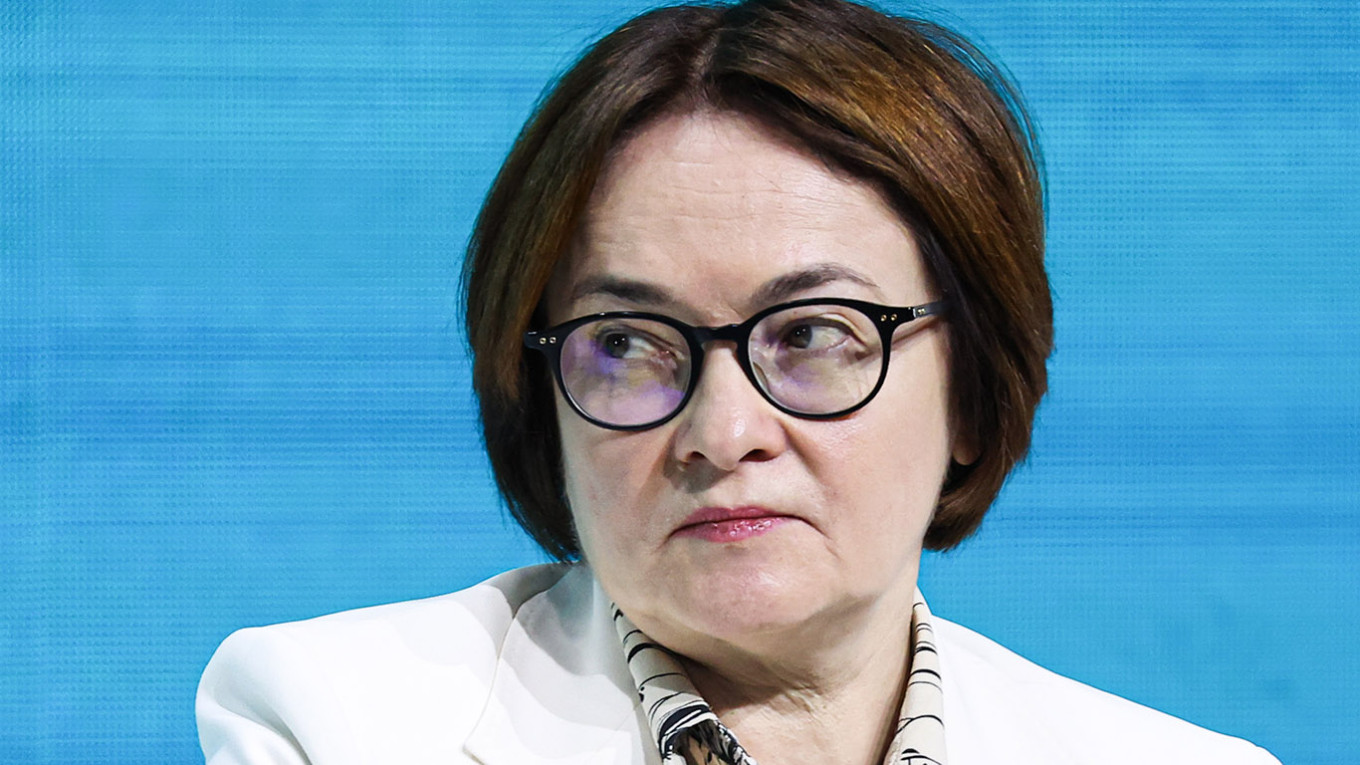On Friday, Russia’s Central Bank decided to reduce its main interest rate by 1%, marking the third rate cut this year. This cautious move was positively received by the business sector, as persistent high borrowing costs and an economic slowdown have begun to overshadow inflation concerns.
The Central Bank has proceeded carefully with its interest rate reductions, having raised it to a two-decade peak of 21% in September 2024 to tackle rampant inflation, which has been largely fueled by military expenditures. In its announcement on Friday, the Central Bank reiterated its intention to uphold a stringent monetary policy due to persistently high inflation expectations.
As of early September, annual inflation was recorded at 8.2%, significantly above the Central Bank’s target of 4%. Authorities project that inflation will taper off to between 6% and 7% by the conclusion of 2025 and hopes to return to the target in the following year.
The interest rate cut had long been anticipated, as numerous voices from Russia’s business community have recently cautioned that the combination of elevated interest rates and an overvalued ruble is creating a “perfect storm” that could hinder investment and slow economic growth in the years to come.
In the second quarter of 2025, Russia’s GDP saw a modest growth of only 1.1% year-on-year, a decrease from the 4.1% growth recorded in the same period the previous year. The first quarter of 2025 witnessed a year-on-year growth of 1.4%.
The Central Bank acknowledged the economy’s deceleration on Friday, although it emphasized that the growth remained “positive.” The Bank indicated that business activity is inconsistent across sectors, particularly noting that export-driven industries are experiencing a “cooldown.”
“Domestic demand is supported by increasing household incomes and government spending. There has even been a slight acceleration in consumer activity growth,” the policymakers stated.
Simultaneously, the Central Bank observed strong labor demand, with wages continuing to rise faster than productivity rates. Furthermore, unemployment rates are at historic lows.
Earlier this month, Maxim Reshetnikov, Russia’s Economic Development Minister, remarked that the economy was “cooling down faster than anticipated” and mentioned that updated government forecasts would be released soon. Finance Minister Anton Siluanov communicated to President Vladimir Putin that growth predictions for next year have been revised down to 1.5% from the previous estimate of 2.5%, with some projections suggesting a figure closer to 1.2%.
This economic slowdown coincides with increasing pressure on Russia’s state finances. The Finance Ministry reported a federal budget deficit of 4.88 trillion rubles (approximately $61.1 billion) from January to July, surpassing the government’s entire-year target. Additionally, declining global oil prices, a stronger ruble, and escalating Ukrainian attacks on Russian oil facilities have further diminished export revenues.
Sofia Donets, chief economist at T-Investments, characterized the Central Bank’s press release as “neutral” and similar to previous statements made at recent key rate meetings. She stated that potential amendments to the federal budget permitting increased government expenditure might delay further rate cuts during the upcoming meeting on October 24.
“Nevertheless, our forecast for the key rate remains unchanged, and we anticipate a reduction to 15% by the end of this year,” Donets added.
Despite this, stock prices fell as the Central Bank seemed to lower expectations for future rate cuts within the year. The MOEX stock index dipped by 1.98%, and the ruble was trading at 83.85 to the U.S. dollar, reflecting a decrease of 0.77%.
The Union of Industrialists and Entrepreneurs, a prominent business advocacy group, expressed its support for the 1% rate reduction but is hopeful for a more “radical” decrease in borrowing costs in the near term.
“This is a positive step,” stated Alexander Shokhin, head of the advocacy group, in remarks to Interfax. “However, we recognize that a rate of 17% is still too high for businesses to commence significant investments again. We are indeed looking forward to a much more significant cut.”

